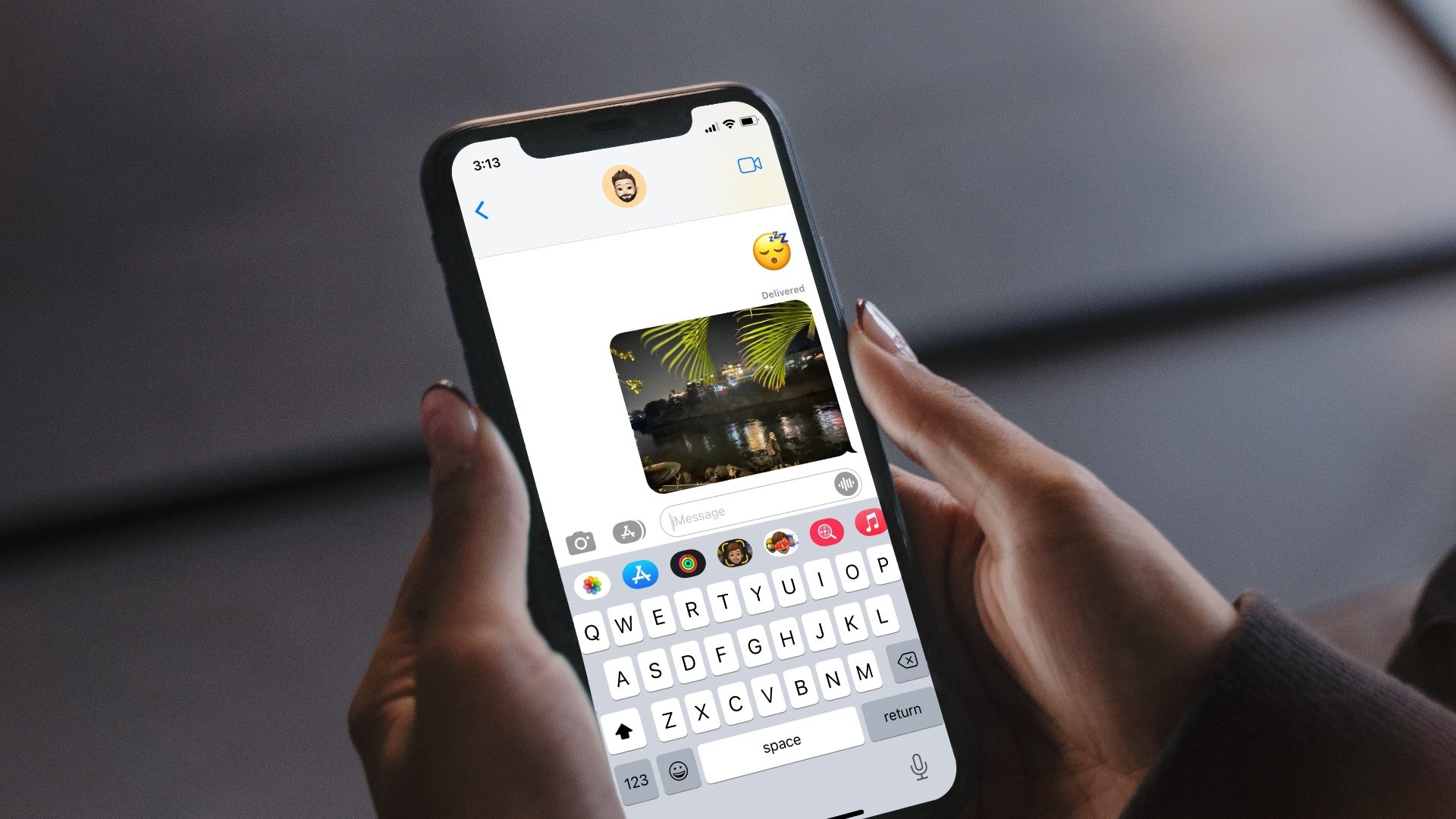
Understanding iMessage and SMS
Before troubleshooting, it's crucial to understand the difference between iMessage and SMS. iMessage, developed by Apple, allows users to send messages, photos, videos, and other content between Apple devices like iPhones, iPads, and Macs. It requires a stable internet connection to function. SMS (Short Message Service), on the other hand, is a standard for sending short messages over cellular networks, supported by all mobile devices, including Android phones.
When sending a message to an Android user from an iPhone, the device first checks if the recipient's number is registered with Apple's iMessage service. If it is, the message will be sent as an iMessage. If not, or if there is no internet connection, the message will be sent as an SMS.
Common Issues and Solutions
Several common issues might prevent an iPhone from sending texts to Android devices. Here are some frequent problems and their solutions:
iMessage Settings
Incorrect iMessage settings can be a primary reason for this issue. Here’s how to check and adjust these settings:
- Open Settings: Go to the Settings app on your iPhone.
- Navigate to Messages: Scroll down and tap on “Messages.”
- Toggle iMessage Off and On: Turn off iMessage, wait a few seconds, then turn it back on. This process helps reactivate iMessage, potentially resolving any bugs.
Send as SMS
If iMessage is unavailable, your iPhone should automatically switch to sending the message as an SMS. Manually enable this option:
- Open Settings: Go to the Settings app on your iPhone.
- Navigate to Messages: Scroll down and tap on “Messages.”
- Enable Send as SMS: Ensure “Send as SMS” is enabled by swiping the button to the right.
Airplane Mode
Temporary glitches with your cellular connection can prevent your iPhone from sending texts to Android devices. Toggling Airplane mode on and off can often resolve these issues:
- Swipe Down from Top Right Corner: Access the Control Center by swiping down from the top right corner of your screen.
- Toggle Airplane Mode: Turn on Airplane mode, wait a few seconds, then turn it off to re-enable wireless networks.
Restart Your iPhone
Rebooting your iPhone is another simple yet effective solution:
- Press Volume Down and Side Button: Press and hold the volume down or up button along with the side button until the slider appears.
- Slide to Power Off: Slide the slider to power off your iPhone.
- Wait and Power On: Wait about 30 seconds, then press and hold the side button until the Apple logo appears.
Check for iOS Updates
Outdated iOS versions can sometimes cause compatibility issues with other devices. Here’s how to check for updates:
- Open Settings: Go to the Settings app on your iPhone.
- Navigate to General: Scroll down and tap on “General.”
- Tap Software Update: Tap on “Software Update” and install any available updates.
Deregister iMessage
If the recipient's number is still registered with Apple's iMessage service, even though they no longer use an iPhone, it can cause problems. Here’s how to deregister their number:
- Visit iMessage Deregistration Website: Go to the iMessage deregistration website and follow the instructions to remove their phone number from iMessage.
Reset Network Settings
As a last resort, resetting network settings can sometimes resolve persistent issues:
- Open Settings: Go to the Settings app on your iPhone.
- Navigate to General: Scroll down and tap on “General.”
- Tap Transfer or Reset iPhone: Tap on “Transfer or Reset iPhone.”
- Tap Reset: Tap on “Reset.”
- Select Reset Network Settings: In the popup menu, select “Reset Network Settings” and confirm this action.
Additional Troubleshooting Steps
If none of these steps resolve the issue, more complex problems might be at play. Here are some additional troubleshooting steps:
Check Carrier Settings
Carrier-specific settings can sometimes cause issues with sending texts to Android devices. Here’s how to check carrier settings:
- Open Settings: Go to the Settings app on your iPhone.
- Navigate to General: Scroll down and tap on “General.”
- Tap About: Tap on “About” and then tap on “Carrier.”
- Check for Updates: Check if there are any updates available for your carrier settings.
Contact Carrier Support
If none of the above steps work, it might be a network-related issue requiring assistance from your carrier:
- Contact Carrier Support: Reach out to your carrier’s customer support for further assistance.
- Resend to Switch: In some cases, carriers may need to perform a “resend to switch” on your account, which can resolve the issue.
By understanding these common issues and taking proactive steps to troubleshoot them, you can ensure that your iPhone continues to function smoothly and efficiently in sending texts to any device, regardless of its operating system.
